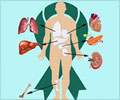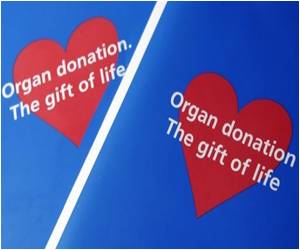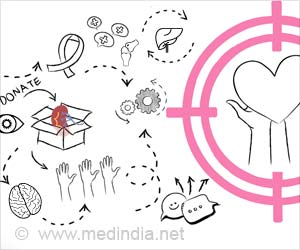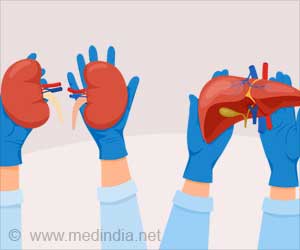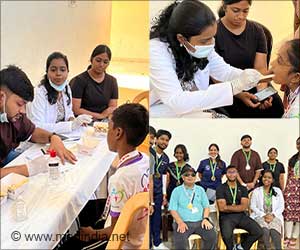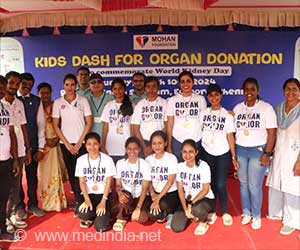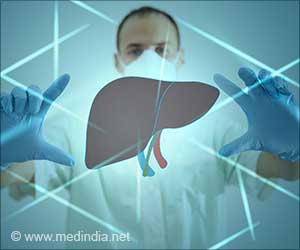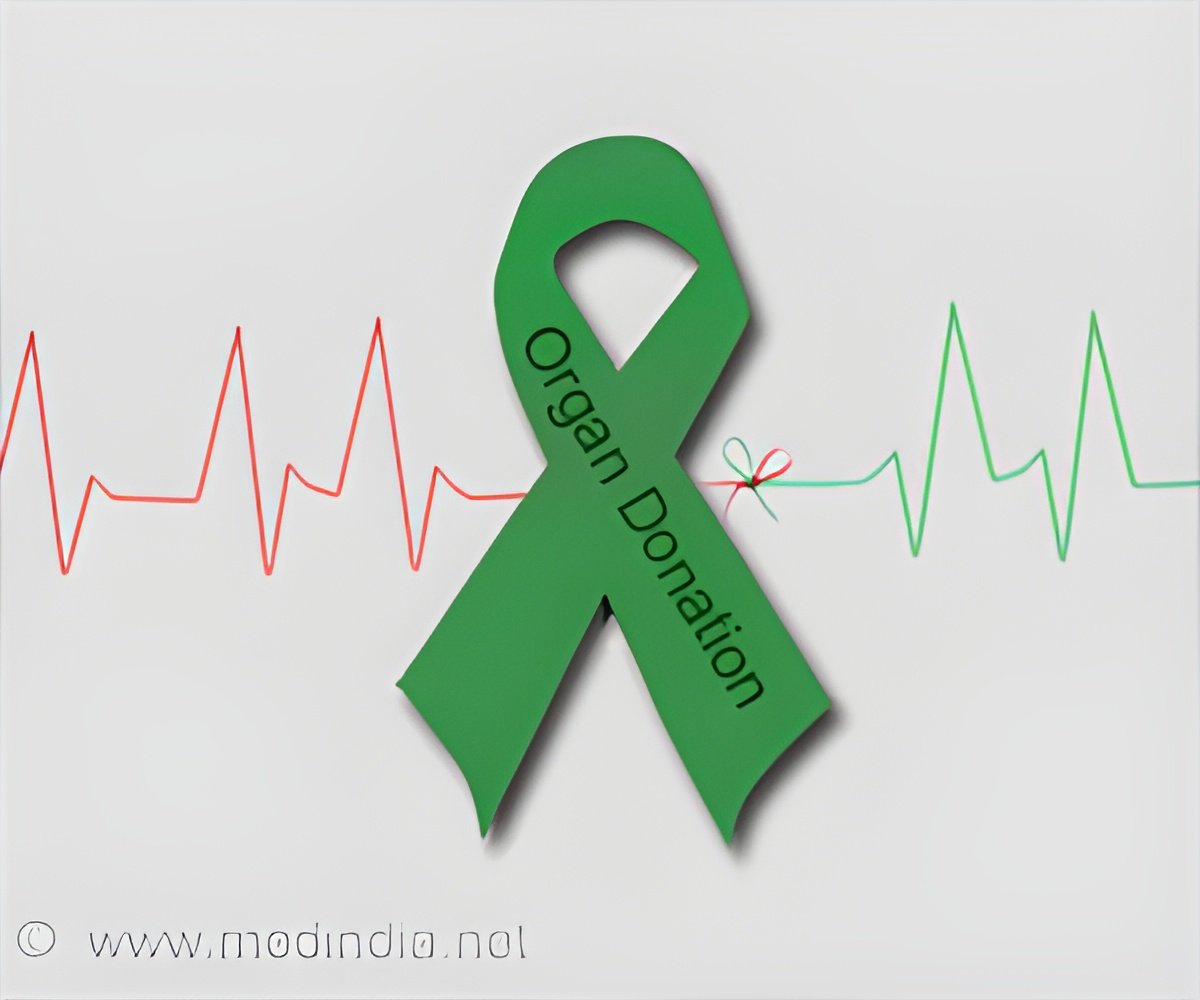
“Organ transplant is limited by the number of donated organs available, so the use of organs that are donated after circulatory death is one way to increase the number of life-saving organs available for patients waiting for that gift of life,” says Alvaro Rojas-Pena, M.D., the lead author on the study and a research investigator for transplant surgery at the University of Michigan Health System.
As of Aug. 6, 2014, 123,191 people nationwide were waiting for a solid organ transplant in the United States. The Institute of Medicine has named donation after circulatory determination of death as the number one research priority to improve organ donation.
However, donation after circulatory death accounts for just six to eight percent of organ transplants in the United States, almost exclusively limited to renal grafts. The most common process used to procure these organs still results in injury or failure of the organ.
A donation after circulatory determination of death comes from a donor who has suffered irreversible brain injury, but does not meet formal brain death criteria. In these cases, the family has decided to withdraw care.
At the University of Michigan, once the family makes the decision about organ donation, the patient can be connected to ECMO to improve the viability of any organs for donation.
Advertisement
In the transplant cases studied form Oct 1, 2000 to July 31, 2013, ECMO was used in 37 donations after circulatory death. The number of organs procured per donor was 2.59 and the number of organs transplanted per donor was 1.68.
Advertisement
“We had this program here of ECMO that was highly successful so we began using it to expand the number of organs available for transplant,” says Jeffrey Punch, M.D., a University of Michigan transplant surgeon, professor of surgery and senior author of the study.
“We believe it has made the organs work better as well. When you talk to families of organ donors, the one thing they really want to know is whether worked. If you can tell them this makes the organs work better, this really offers quite a bit of comfort to them.”
“Any increase in the organs available for transplant is meaningful for those waiting for a life-saving donation,” Punch says. “We hope these results will encourage other centers to consider this process in organ procurement.”
Source-Newswise

